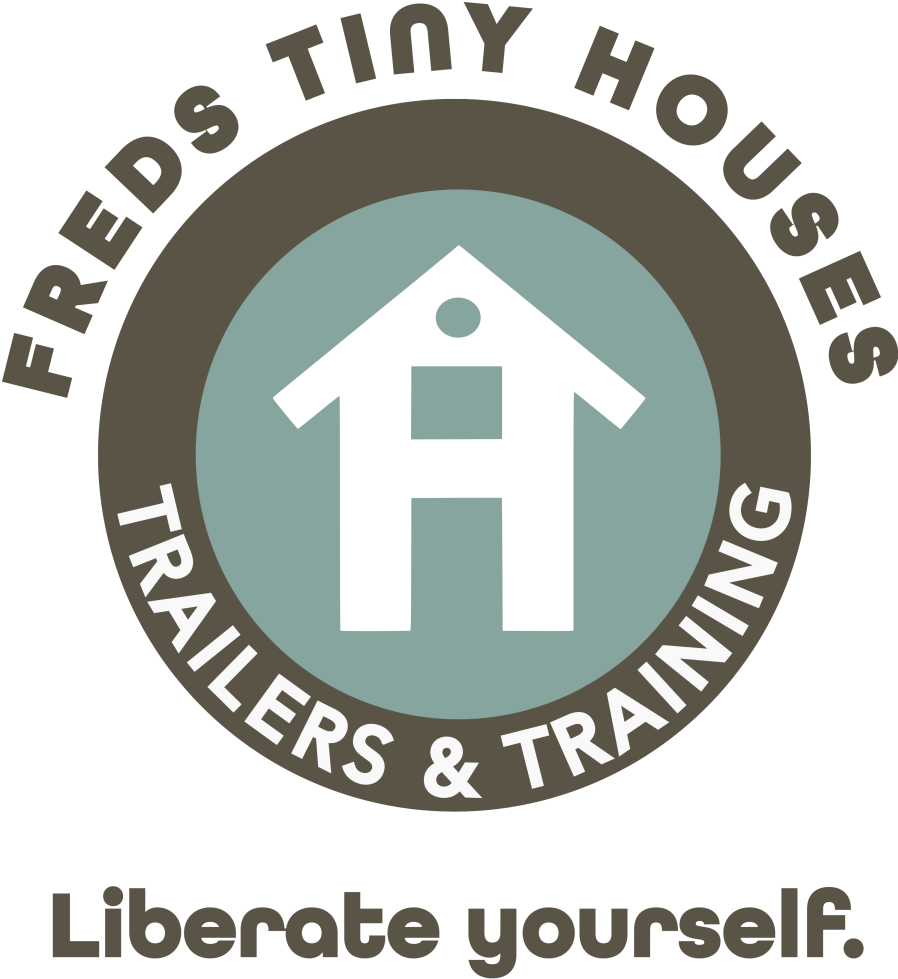When designing your tiny house on wheels, selecting the right windows is essential for light, ventilation, and weather protection. How your windows open greatly impacts their functionality—not just their placement or size.
In this blog, we’ll explore seven types of windows, outlining their benefits and challenges to help you design a tiny house that is well-ventilated, light-filled, and beautiful. We’ll also cover the pros and cons of window frame materials like wood, aluminum, and vinyl, and offer tips on selecting the right glass to safely transport your tiny home.
Comparing Window Types for Tiny House Design
1. Awning Windows
Awning windows are hinged at the top and open outward from the bottom.
Benefits:
- Awning windows allow plenty of light, making small spaces feel larger and more open.
- They’re cost-effective.
- Great in the rain since water can’t enter from the top, and rain doesn’t sit on the frame, preventing wood rot.
Challenges:
- Limited airflow unless installed high up, like in a loft.
- When open, they protrude outside, which could be an obstacle at head height.
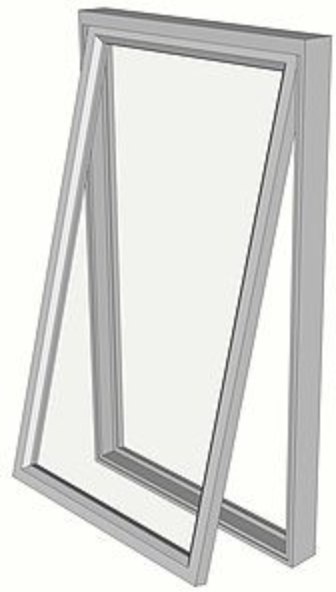
2. Double Hung (Double Sash) Windows
Double-hung windows have two moveable sections (sashes) that slide past each other vertically.
Benefits:
- Excellent for airflow, especially at the top of the frame, making them ideal for bathrooms or high-up spaces.
- Great for ventilating hot air out of small spaces.
Challenges:
- They’re more expensive due to the moving parts.
- External fly screens can be tricky to clean and might need to be removed for safe transport.
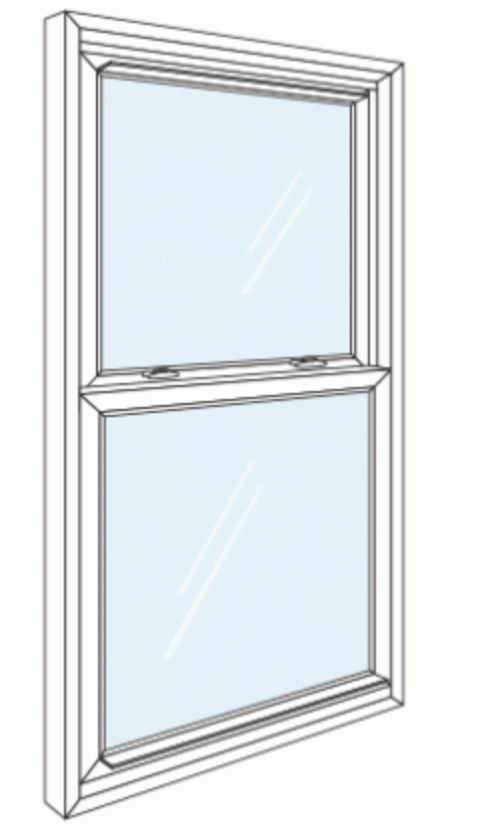
3. Casement Windows
Casement windows are hinged on one side and open like a door.
Benefits:
- Inexpensive and easy to make.
- Great for directing airflow when the wind is blowing the right way.
Challenges:
- Limited airflow if the wind isn’t coming from the right angle.
- Wooden frames need protection from rain, and the open window can create an obstacle outside.

4. Center Pivot Windows
These windows pivot in the center, creating an opening on both sides of the glass.
Benefits:
- Fantastic for airflow from multiple directions, even with small windows.
Challenges:
- Like casement windows, they need to be protected from rain with an awning.
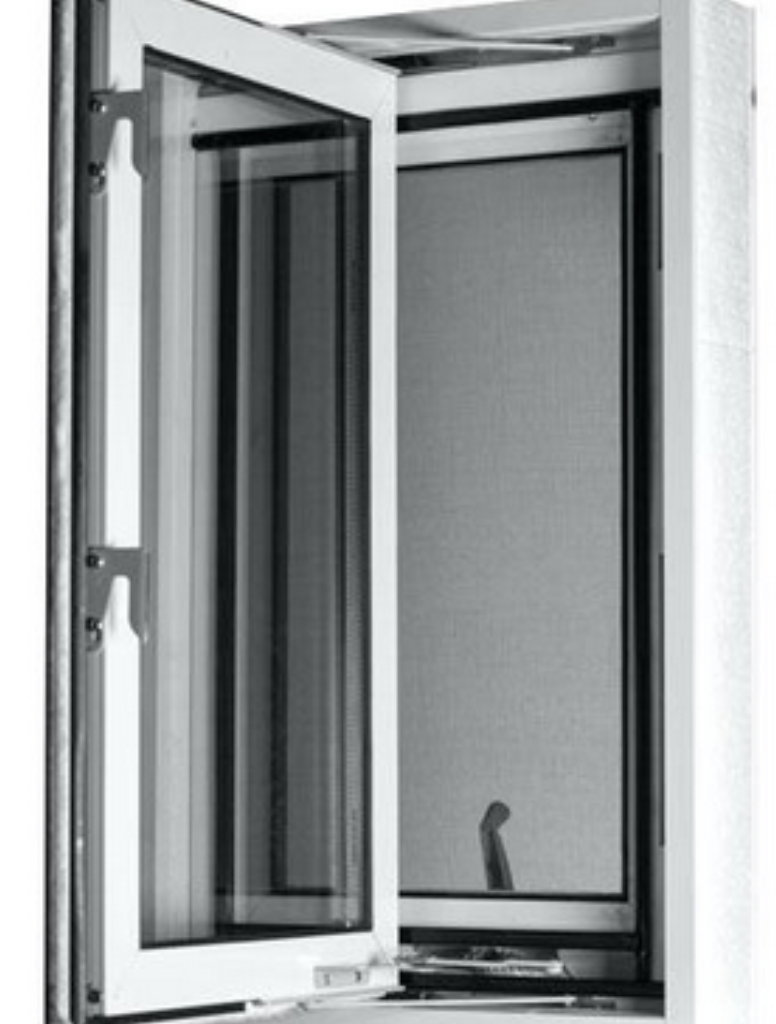
5. Slider Windows
Slider windows have one fixed pane and one that slides horizontally.
Benefits:
- Can be made small, making them great for tight spaces.
- Ideal for bathrooms as they passively ventilate moisture.
Challenges:
- Only half of the window opens, limiting airflow.
- Tracks can collect grime and require cleaning.
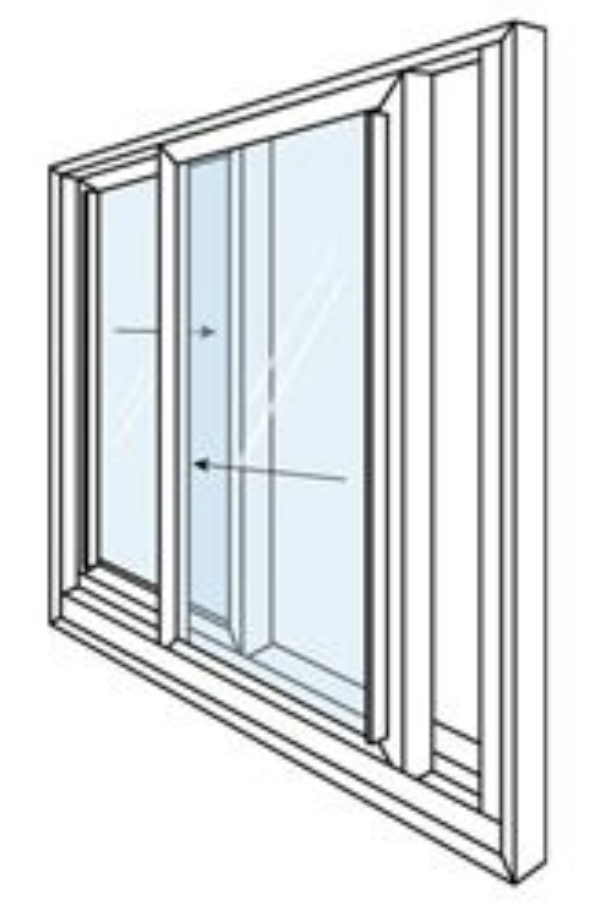
6. Louvre Windows
Louvre windows consist of slats that open and shut together with a lever.
Benefits:
- Excellent for passive ventilation.
- Well-suited for long, narrow windows.
Challenges:
- Slats and levers can protrude, potentially limiting how you use the space.
- They have many moving parts that could break, and fly screens are on the exterior.
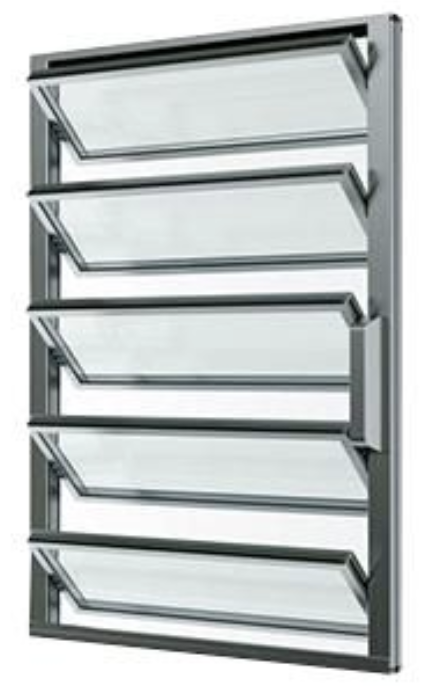
7. Fixed Windows
These windows don’t open at all.
Benefits:
- The most affordable option.
- Ideal for decorative feature windows or unconventional shapes.
Challenges:
- Provide no ventilation.
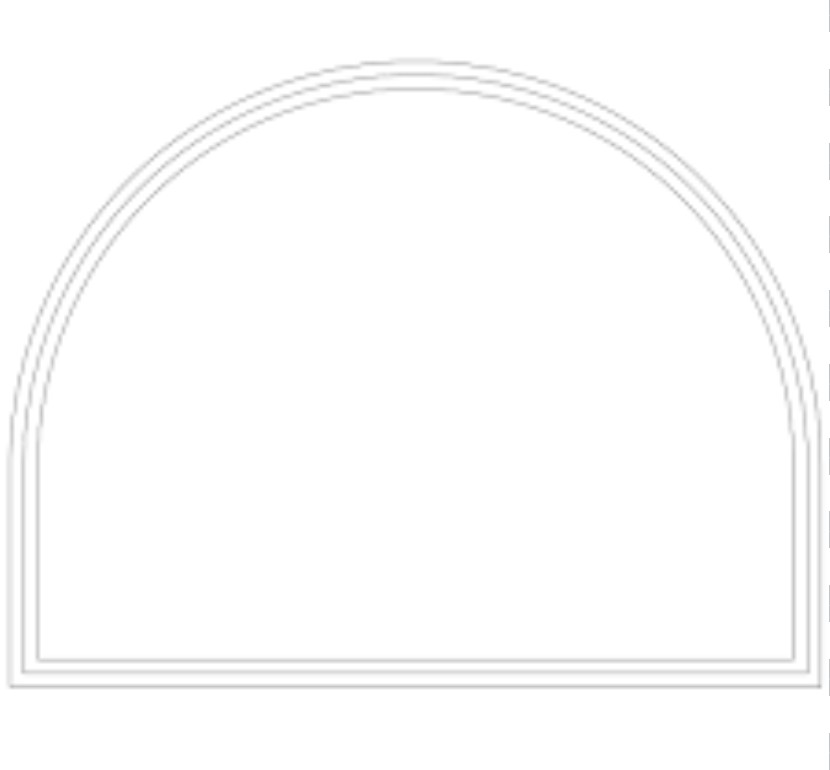
Comparing Window Frame Materials
Vinyl Frames
Benefits:
- Affordable and vibration-resistant, making them great for tiny houses on wheels.
Challenges:
- Less UV resistant, so they can become brittle in the sun.
- Prone to scratching, and cannot be repaired.
Wood Frames
Benefits:
- Natural, sustainable, and smell great.
- Lightweight options are available, and they’re repairable.
Challenges:
- Can be bulky, reducing window pane space.
- Require maintenance with oil or paint, and expand/contract with temperature changes.
Aluminum Frames
Benefits:
- Lightweight and affordable.
- Slim-line design allows maximum glass space in the frame.
Challenges:
- Aluminum conducts heat, which can transfer outside temperatures inside.
- Scratches easily and can be difficult to install with architraves.
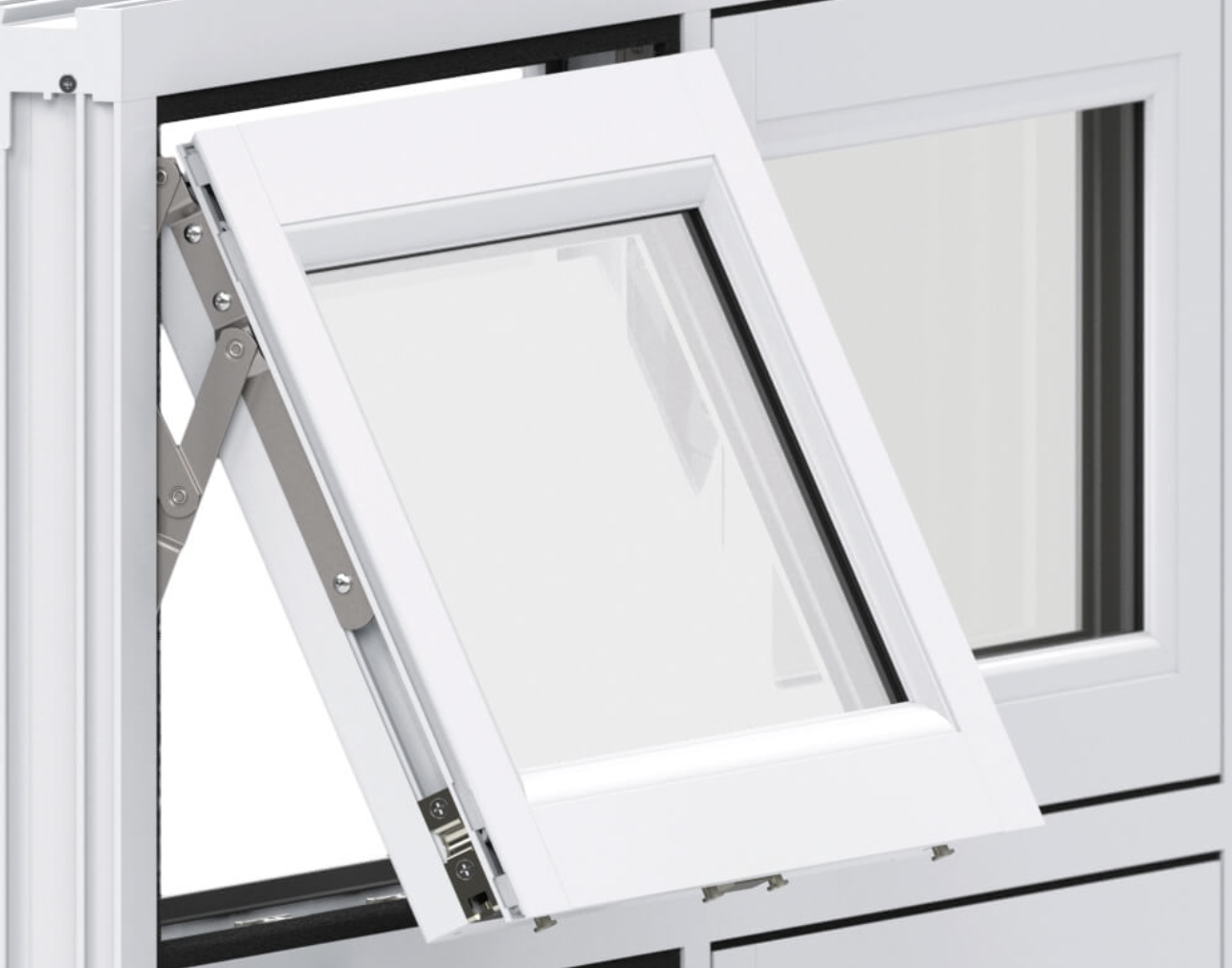
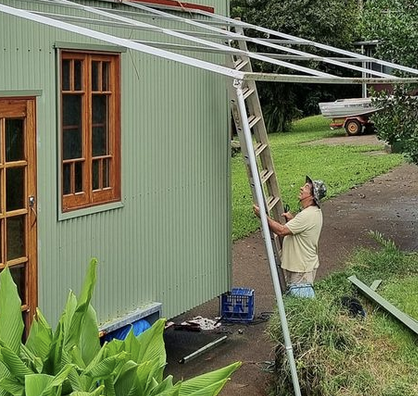
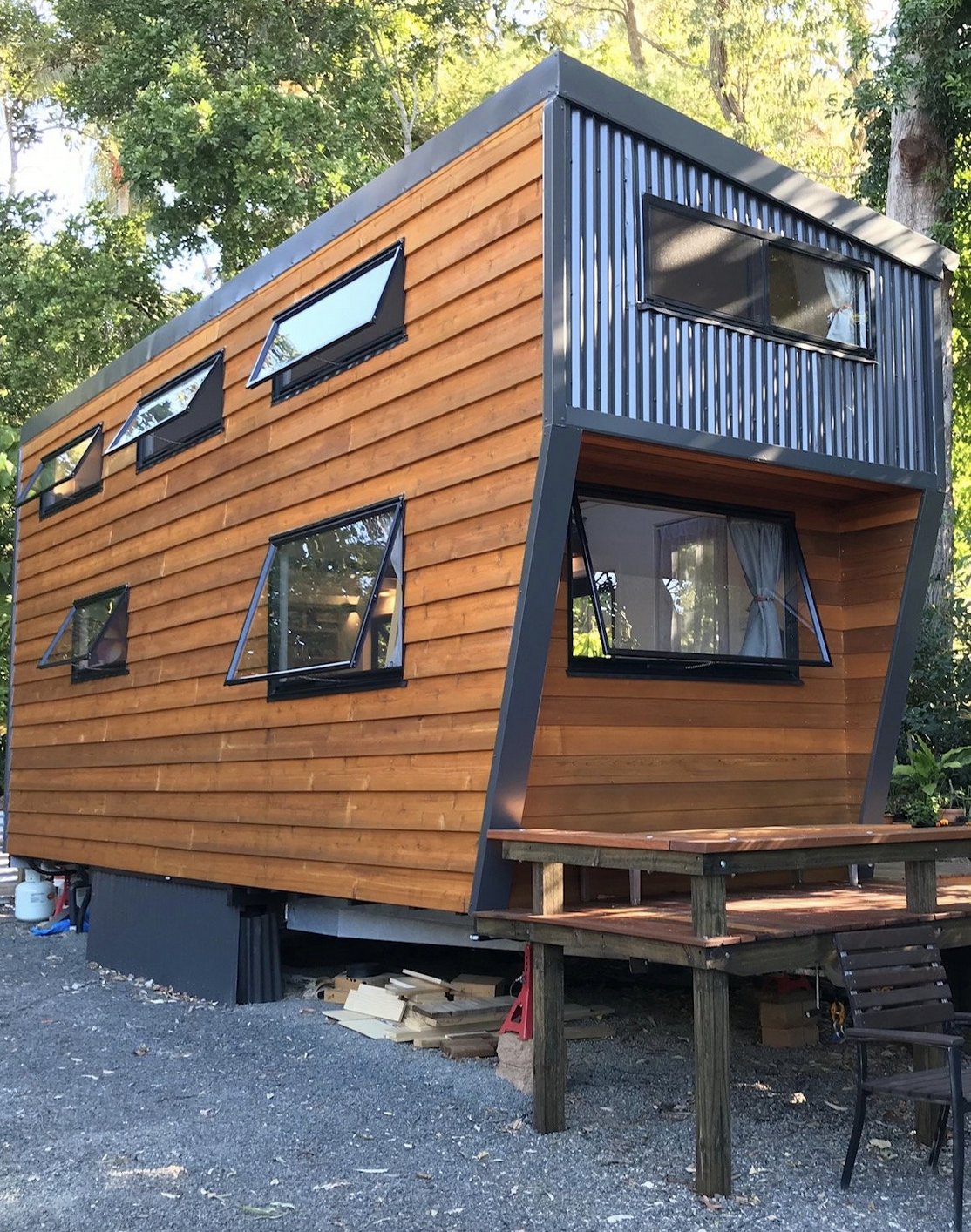
Choosing the Right Glass for a Tiny House on Wheels
Double-Glazed Glass: Not Always Necessary
While double-glazed windows are excellent for insulating conventional homes, tiny houses generally don’t need them for winter warmth in most Australian climates. Tiny homes are easy to heat, and our focus is more on keeping them cool in summer. Instead of double glazing, consider adding a fold-away awning for large windows to block radiant heat.
However, if your tiny house will be in a cold climate (like Tasmania), or you’re planning a large feature window, double-glazed windows may be worth considering.
Safety Glass: A Must for Transport
Tiny homes are vehicles, so it’s important to use shatter-proof glass for safe towing. Two good options are:
- Tempered Glass: This breaks into safe cubes instead of sharp shards.
- Laminated Glass: Made with two panes and a plastic layer, it stays intact when broken but adds more weight.
Need More Design Info?
For more expert guidance on tiny house design, construction, and regulations, enroll in our Online course or attend one of Fred’s Tiny Houses workshops in Melbourne or Sydney. You’ll walk away with knowledge that can save you months of research!
